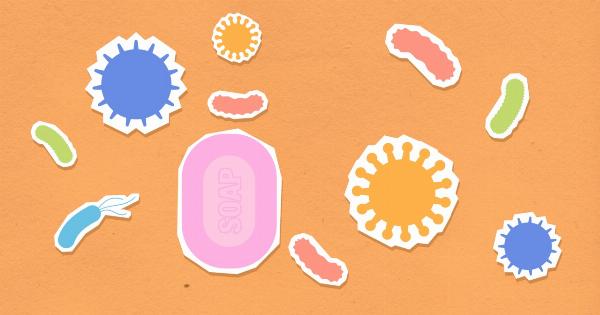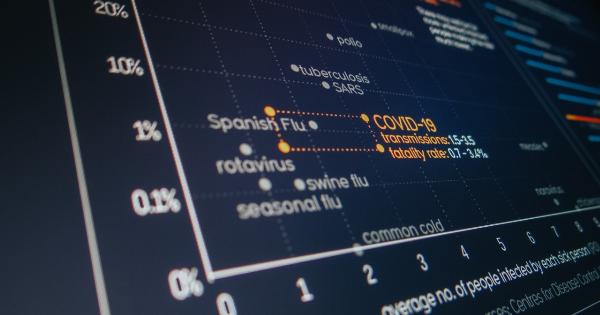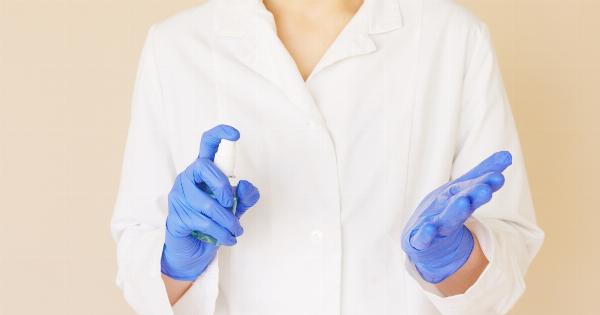In a world populated by billions of microbes, infections are an ever-present threat. These tiny organisms, invisible to the naked eye, can wreak havoc on our health and well-being.
While modern medicine has made tremendous strides in combating infectious diseases, the risk of infection still looms large. This article explores the persistent nature of microbes and the ongoing challenges they pose to human health.
The Microbial Menace
Microbial organisms, such as bacteria, viruses, fungi, and parasites, are found abundantly in our environment. They live on surfaces, in the air, and even within our own bodies.
While some microbes are harmless or even beneficial, others have the potential to cause diseases. Pathogenic microbes have evolved various mechanisms to invade and harm their hosts.
Survival Strategies
Microbes employ ingenious strategies to ensure their survival and proliferation. One such strategy is their ability to form resilient structures called biofilms.
Biofilms are conglomerates of microbial cells embedded within a protective extracellular matrix. These biofilms can persist on surfaces such as medical devices, implants, and even natural environments like rocks and pipes.
The Biofilm Conundrum
Biofilms pose a significant challenge in healthcare settings. They are notoriously resistant to antibiotics and disinfectants, rendering conventional treatment ineffective.
In healthcare-associated infections, biofilm-related infections are estimated to account for up to 80% of cases. This persistence contributes to prolonged hospital stays, increased healthcare costs, and higher mortality rates.
The Role of Medical Devices
Medical devices play a crucial role in modern healthcare, aiding in diagnosis, treatment, and monitoring of various conditions. However, they also serve as potential havens for microbial contamination.
Invasive medical devices, such as urinary catheters and intravenous catheters, provide direct access for microbes to enter the body and establish infections. Once inside, microbes can form biofilms on the device surface, making them particularly challenging to eliminate.
Infectious Outbreaks
Outbreaks of infectious diseases can have devastating consequences, both on a local and global scale. Highly contagious diseases, like the flu, can rapidly spread through communities, resulting in significant illness, hospitalizations, and even deaths.
In recent years, the world has witnessed the impact of infectious disease outbreaks, such as SARS, Ebola, and COVID-19, reinforcing the need for effective control measures and a robust healthcare infrastructure.
The Role of Hygiene
Personal hygiene practices, such as handwashing, are crucial in limiting the spread of infectious diseases.
Regular and thorough handwashing with soap and water can help eliminate harmful microbes from our hands before they have a chance to enter our bodies. Proper hygiene practices also extend beyond handwashing, encompassing practices like covering the mouth while coughing or sneezing and maintaining cleanliness in our living spaces.
Antimicrobial Resistance
Microbes are masters of adaptation, and their ability to develop resistance to antimicrobial drugs is a growing concern.
Overuse and misuse of antibiotics have contributed to the emergence of drug-resistant strains of bacteria, making infections harder to treat. The rise of multidrug-resistant pathogens threatens to undo many of the medical advancements achieved in the past century, creating fertile ground for the resurgence of once-controlled diseases.
Vaccination as Prevention
Vaccines have been instrumental in preventing infectious diseases and saving countless lives. By stimulating the immune system to recognize and respond to specific microorganisms, vaccines help prepare the body to successfully fight off infections.
Widespread vaccination not only protects individuals but also reduces the overall burden of infectious diseases in communities, leading to herd immunity.
Emerging and Reemerging Diseases
While modern medicine has made remarkable progress in controlling many infectious diseases, the threat of emerging and reemerging diseases persists.
Factors such as increased international travel, urbanization, deforestation, and climate change create new opportunities for microbes to cross species barriers and spread to vulnerable populations. Vigilance, surveillance, and research are essential for early detection and effective response to these new and resurgent threats.
The Future of Microbial Control
Advancements in science and technology hold promise for improving microbial control in the future. Novel antimicrobial agents, such as bacteriophages and antimicrobial peptides, offer alternative approaches to combatting drug-resistant microbes.
Furthermore, advancements in genetic engineering and nanotechnology may pave the way for innovative antimicrobial surfaces and materials that can actively repel or kill microbes.
Conclusion
The ongoing risk of infection from microbes is a reminder of the delicate balance between humans and the microbial world. While microbes can cause harm and disrupt our lives, they also play vital roles in maintaining healthy ecosystems.
Continued efforts in research, prevention, and infection control are crucial for mitigating the impact of infectious diseases and safeguarding our well-being.





























